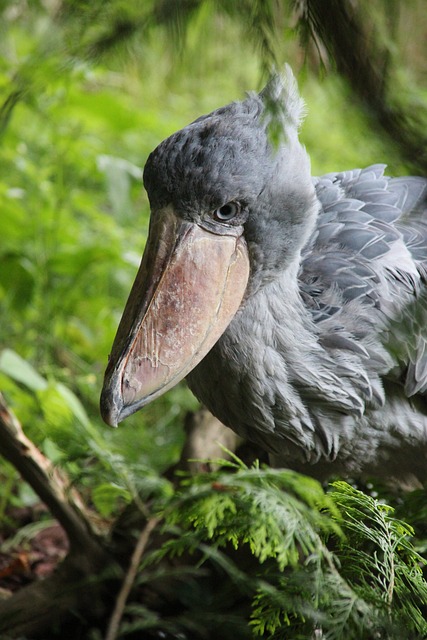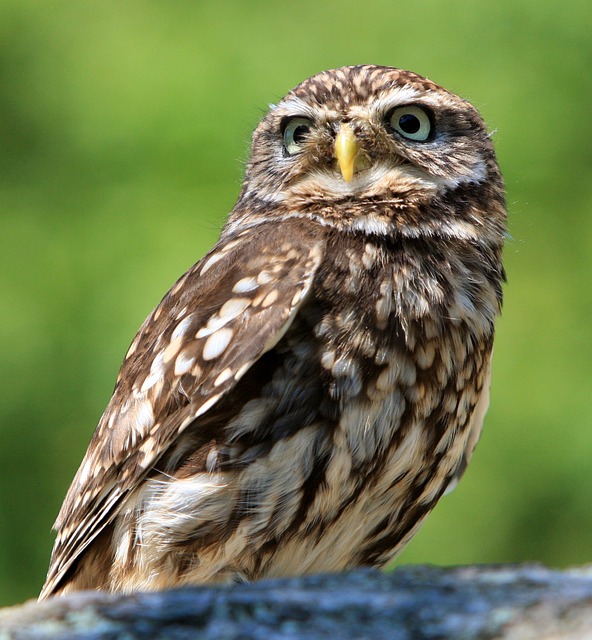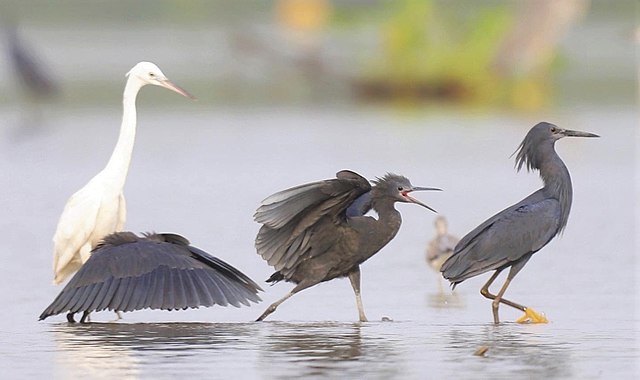The shoebill, also known as the whalehead or shoe-billed stork, is a rare and remarkable bird found in the wetlands of East Africa. With its dist...
Articles
The mysterious and elusive nature of owls has captured the fascination and curiosity of humans for centuries. These nocturnal creatures are known...
Welcome to the world of the Black Heron – a magnificent and fascinating bird that captures the hearts of nature enthusiasts around the globe. Wit...


